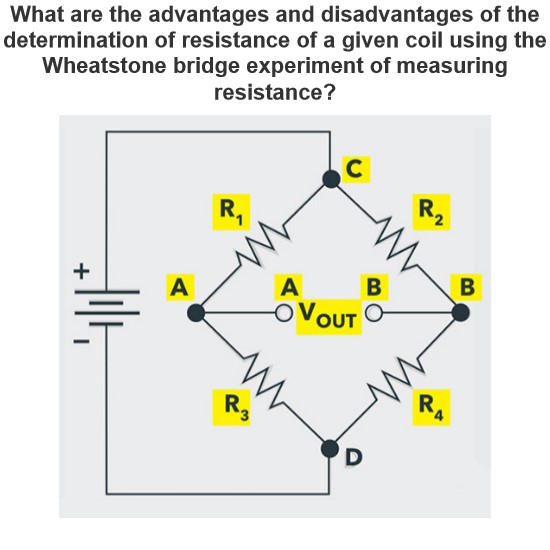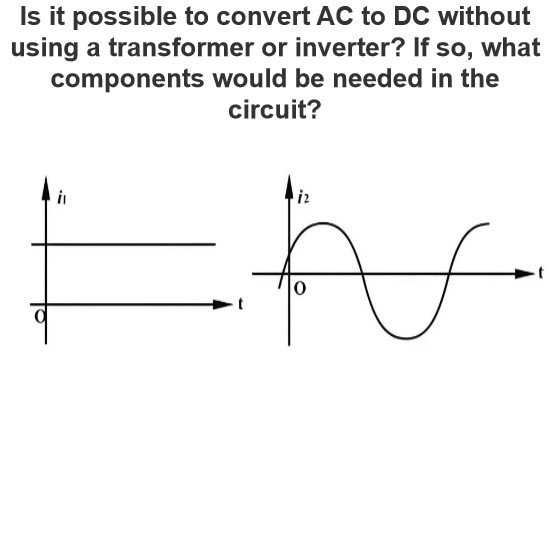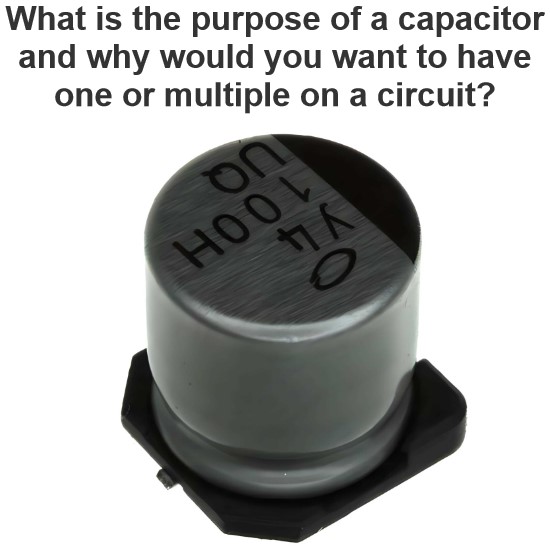How does the skin effect in conductors impact the design of high-frequency power transmission systems?
The skin effect refers to the phenomenon where, under the influence of an alternating electric field, current tends to concentrate near the surface of a conductor. As frequency increases, this effect becomes more pronounced. In high-frequency power transmission systems, the skin effect can significantly impact the design. Here are the specific influences and corresponding design considerations:
Conductor Size and Shape
Conductor Diameter: The skin effect causes the current to primarily concentrate on the outer surface of the conductor. Consequently, the effective cross-sectional area of the conductor decreases at high frequencies, increasing resistance. To mitigate this effect, thin-walled hollow conductors (such as tubular conductors) or flat ribbon conductors can be used to increase the surface area while reducing unnecessary material.
Multi-Core Structure: In some cases, multiple fine conductors (such as stranded wire) can be used instead of a single thick conductor. This approach increases the total surface area, thereby reducing the impact of the skin effect at high frequencies.
Material Selection
High-Conductivity Materials: In high-frequency applications, choosing materials with high electrical conductivity (such as silver or copper) can reduce the skin depth, thereby decreasing resistance and losses.
Composite Materials: Sometimes, conductors with surfaces coated in highly conductive materials are used to improve performance at high frequencies.
Cooling Requirements
Temperature Control: The skin effect can lead to reduced current density in the center of the conductor, making it difficult for heat to dissipate from the center. Therefore, in high-frequency power transmission systems, effective cooling solutions are necessary to maintain safe operating temperatures for the conductors.
Electromagnetic Interference (EMI) and Shielding
Shielding Layers: High-frequency signals are prone to electromagnetic interference. To minimize interference, shielding layers are typically included in the system design to protect against external electromagnetic fields and reduce emissions from the transmission line.
Grounding Design: Proper grounding design is crucial for reducing electromagnetic interference. Correct grounding can effectively suppress noise and enhance system stability.
Transmission Line Characteristics
Characteristic Impedance: In the design of high-frequency transmission lines, the characteristic impedance of the line needs to be considered. The skin effect can affect the impedance characteristics of the transmission line, so particular attention should be paid to matching issues to avoid reflections and signal loss.
Attenuation and Delay: High-frequency signals may experience attenuation and delay during transmission, especially over long distances. The skin effect can contribute to additional attenuation, so the relationship between signal integrity and transmission distance must be considered during design.
Connector and Termination Design
Connection Design: In high-frequency systems, the design of connectors and terminations significantly impacts performance. The skin effect requires that connection points have good contact and low-impedance paths to minimize signal loss.
Conclusion
The skin effect presents unique challenges in the design of high-frequency power transmission systems. By appropriately selecting conductor materials, optimizing conductor geometry, employing suitable cooling methods, enhancing electromagnetic compatibility design, and accurately matching the characteristic impedance of transmission lines, the impacts of the skin effect can be effectively managed, ensuring efficient operation and reliability of the system.
The Electricity Encyclopedia is dedicated to accelerating the dissemination and application of electricity knowledge and adding impetus to the development and innovation of the electricity industry.




